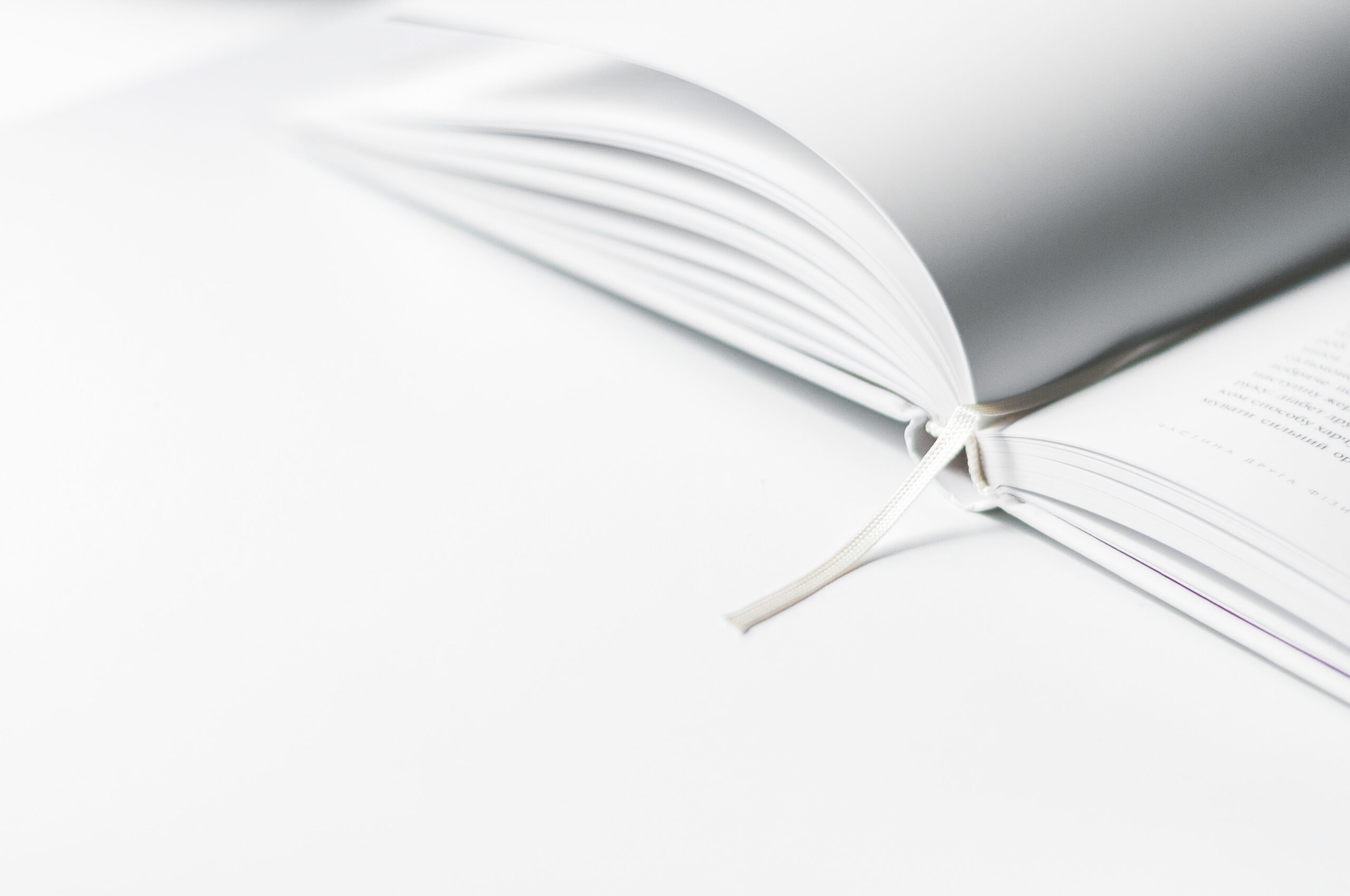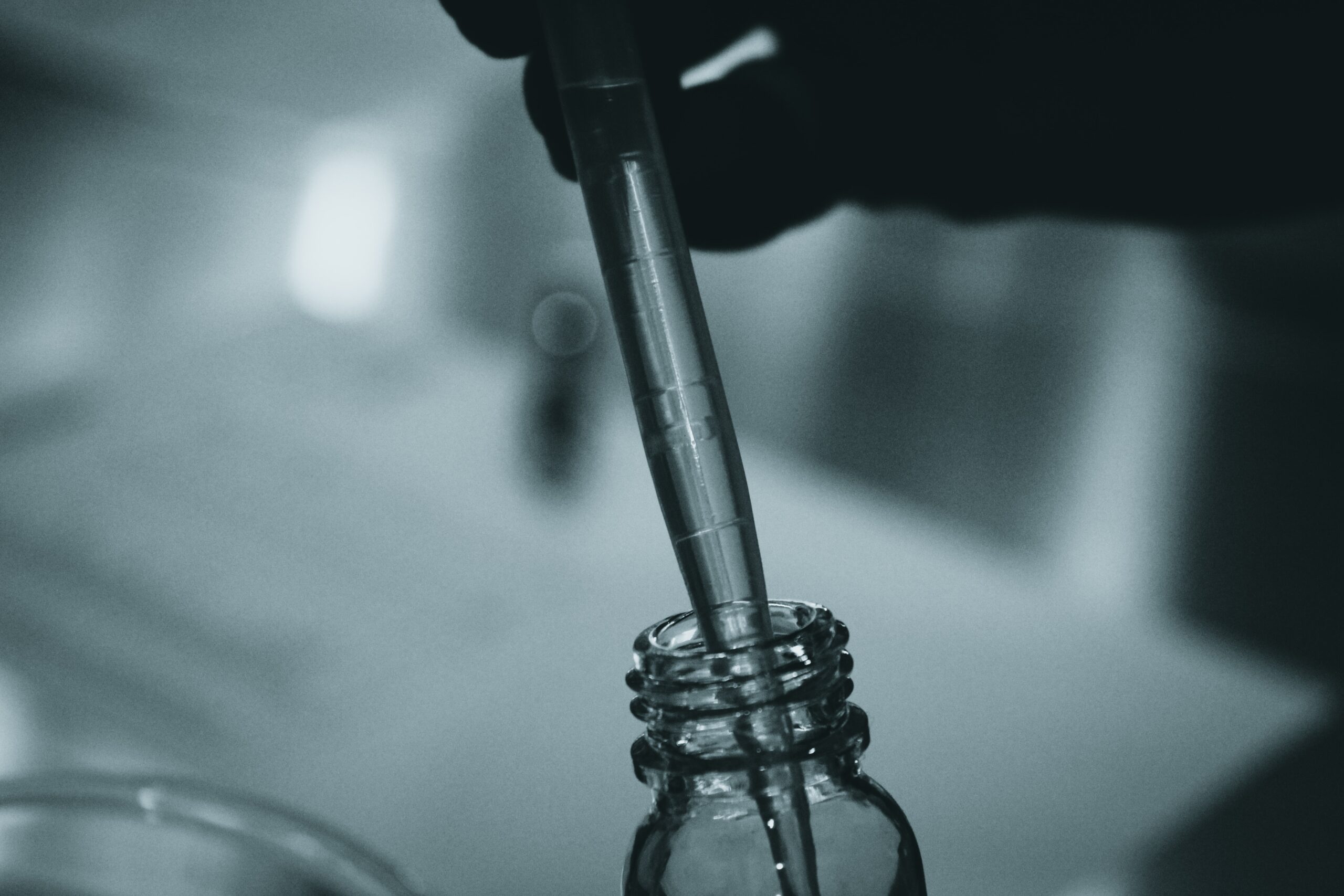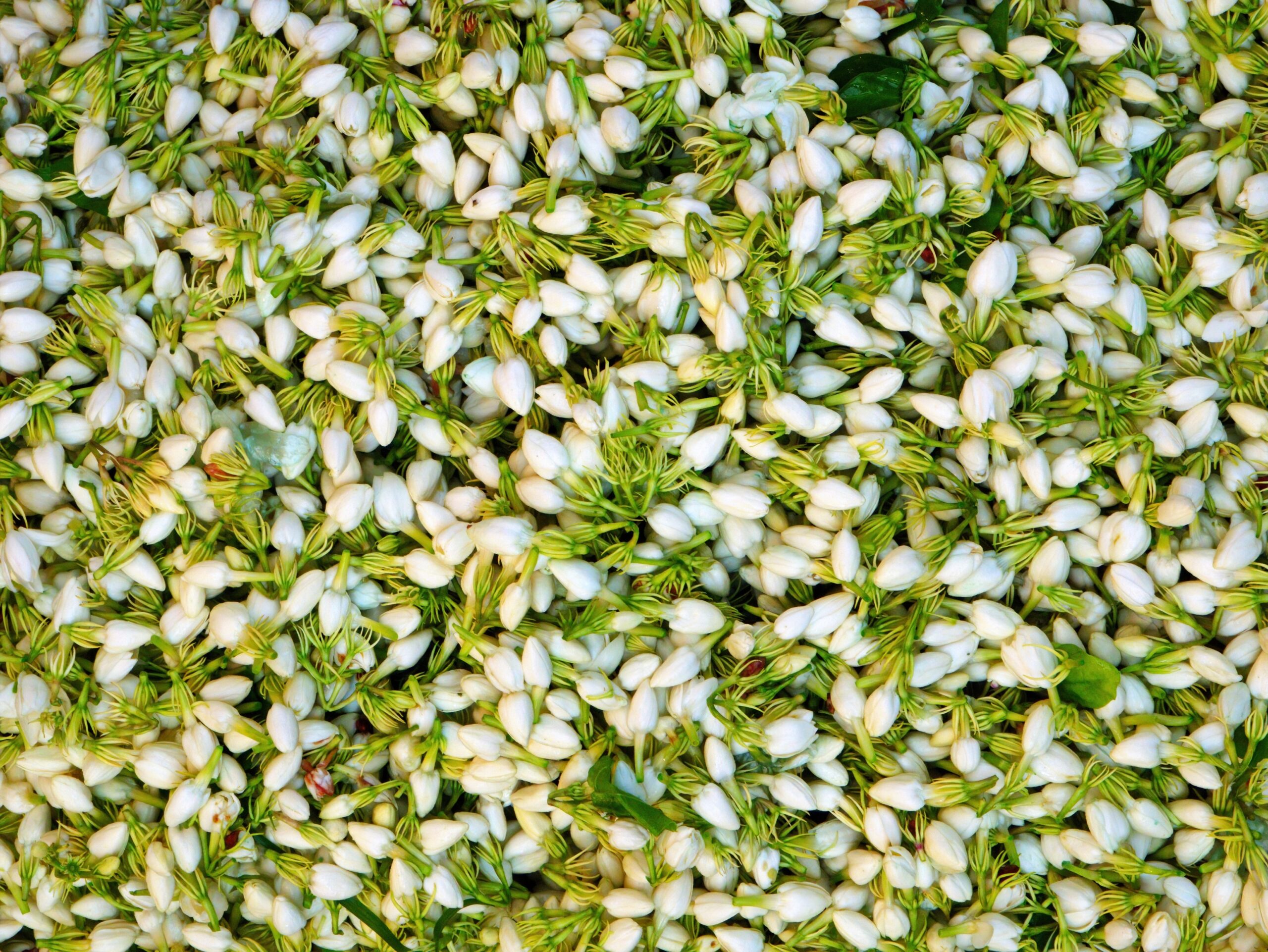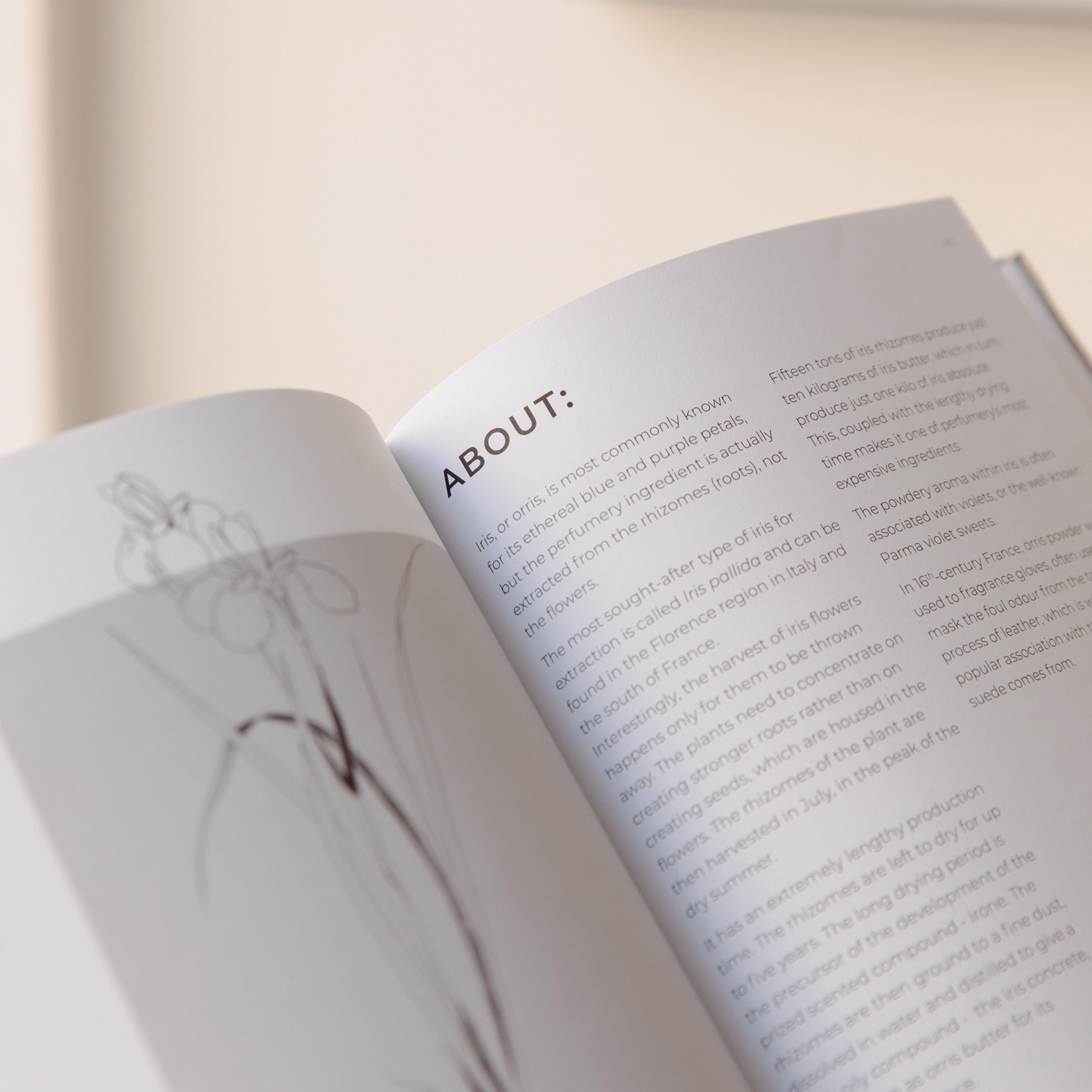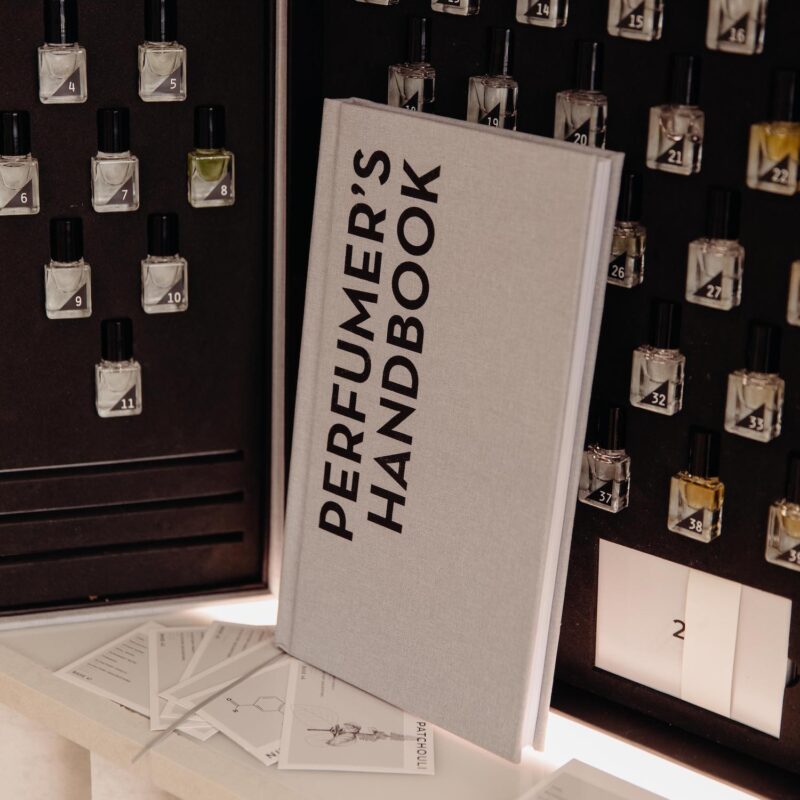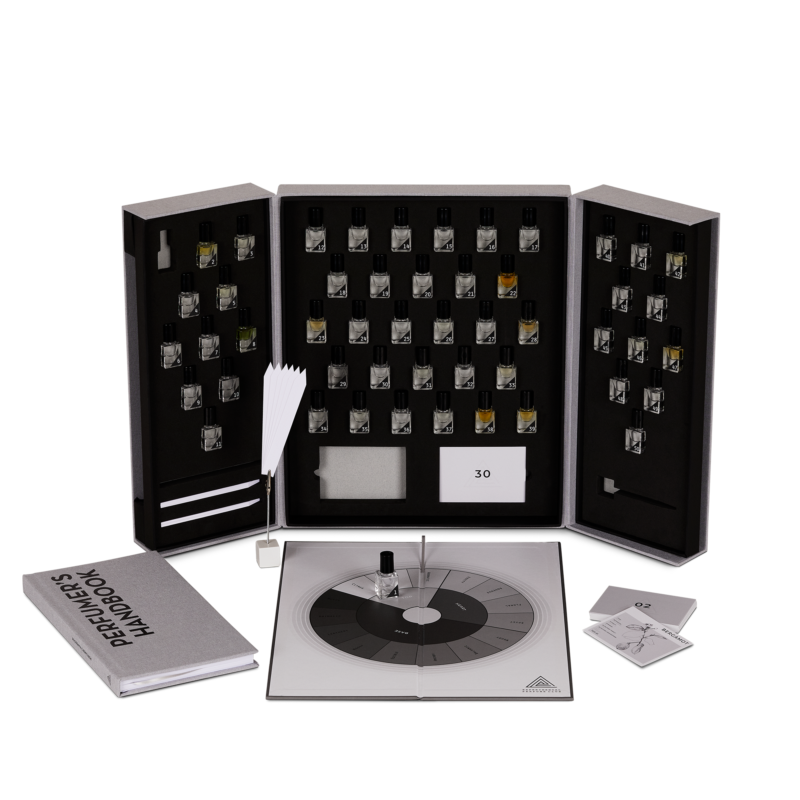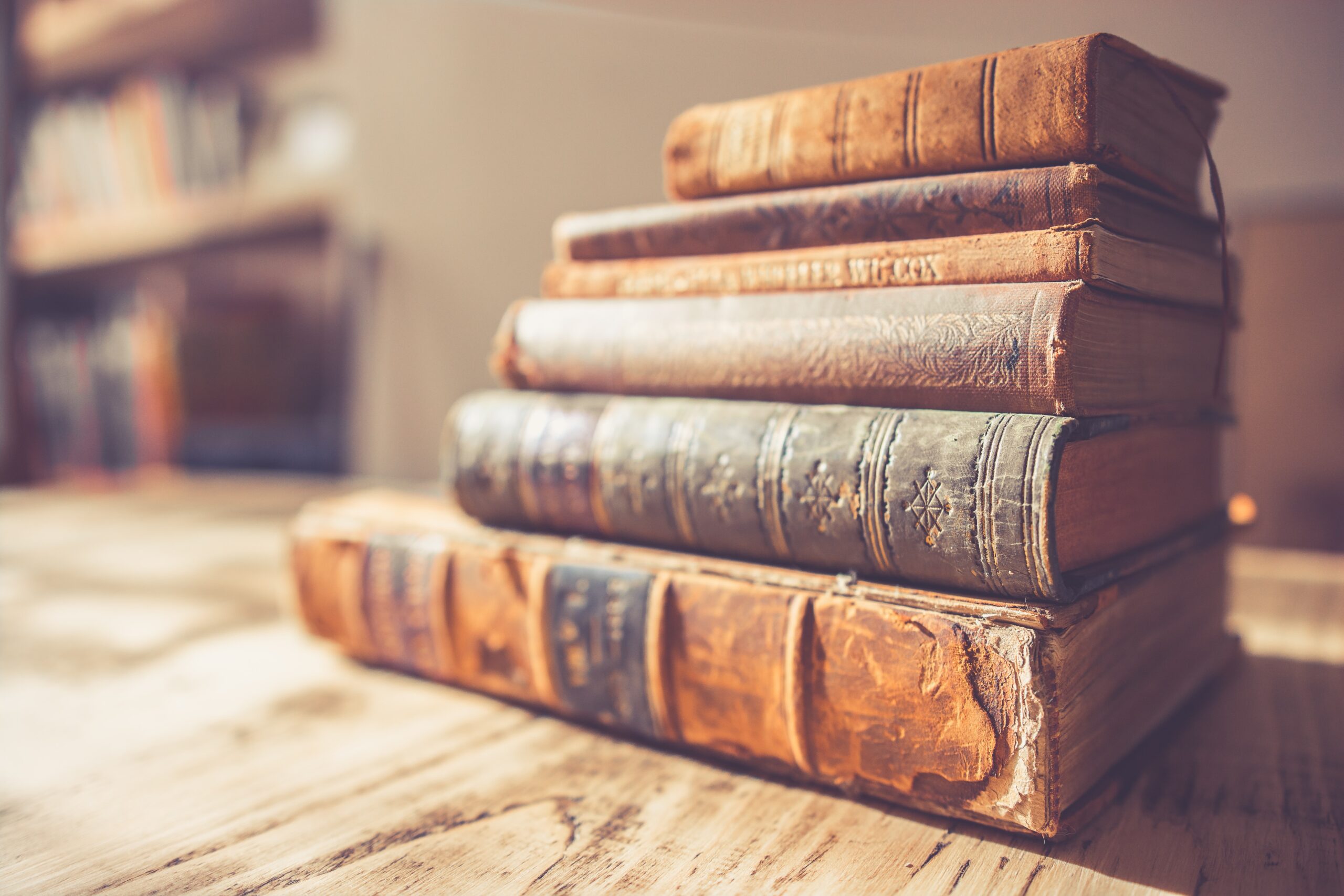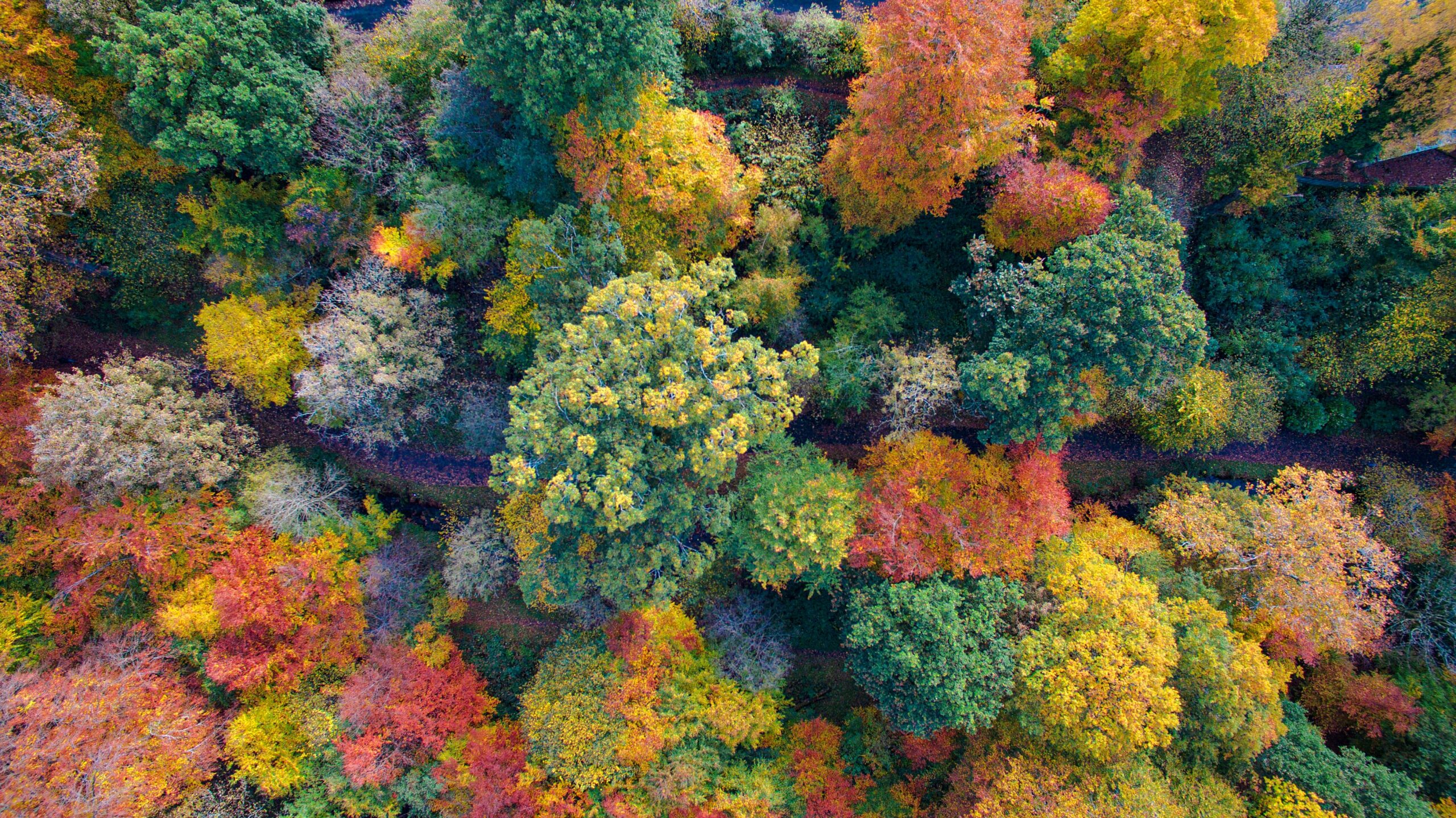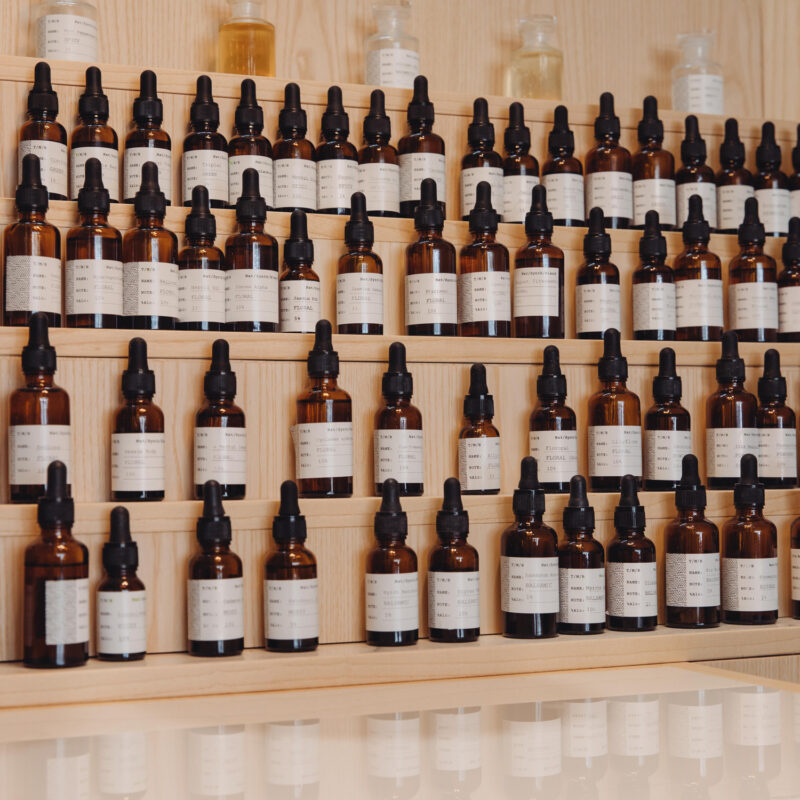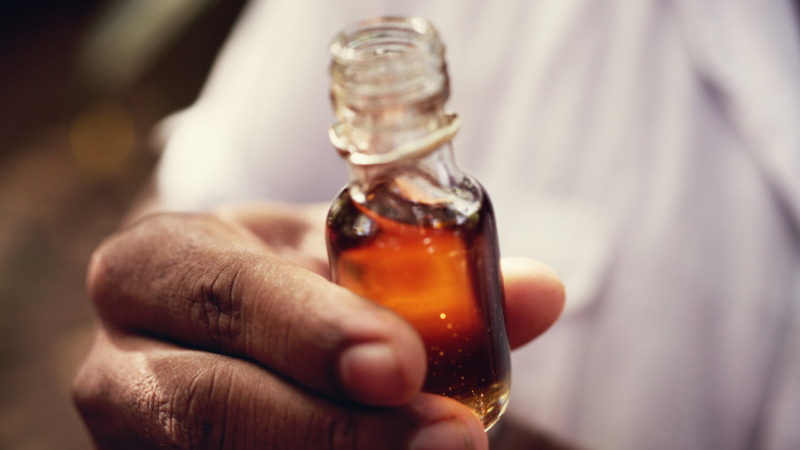We are often asked about our favourite books about perfumery, and there are plenty out there to stick your nose into, but these are our favourite. Instead of poetic perfumed prose these are the most comprehensive books written by perfumers and professionals of the perfume industry covering the art of perfumery, the perfumer, the industry, and of course, ingredients – giving proper insights into the world of fragrance, and the profession of a perfumer, rather than whimsical words on pretty perfumes. Enjoy, and we hope they pique your interests in perfume even further.
A LOOK INTO THE LIFE OF A PERFUMER
1 – Jean-Claude Ellena – various titles
Revered perfumer Jean-Claude Ellena has a host of books for you to get your nose into, Perfume: The Alchemy of Scent (2011) The Diary of a Nose: A Year in the Life of a Parfumeur (2012), and the eagerly awaited Atlas of Perfumed Botany, due to be published in 2022.
A man with quite the career, Ellena has worked for a plethora of respected perfume houses from Van Cleef & Arpels to L’Artisan Parfumeur, he was in-house at Hèrmes for many years and more recently worked with Frederic Malle.
Perfume: The Alchemy of Scent offers a view of perfumers within the industry as well as invaluable insights into his working life. A master of understated sophistication in his compositions, the fascinating detail that Ellena only uses a palette of 200 ingredients is just one of his impressive attributes. Touching on the beginnings of modern perfumery, the harvesting of ingredients to the end of a fragrant creation with trademarking, production, marketing and safety regulations, Perfume: The Alchemy of Scent is a comprehensive guide that never feels too complex for the reader. A veritable handbook on the intricacies of the perfume industry and the trials one faces as a perfumer within it.
The Diary of a Nose: A Year in the Life of a Parfumeur is a more intimate telling of Ellena’s life, work and travels for a year beginning in October 2009. If ‘Perfume’ told the story of a craftsman within the industry, ‘Diary of a Nose’ is that of an artist. Detailing creation and inspiration, and concluding with a ‘Summary of Smells’ – an immensely interesting section for any budding perfumers – Ellena lists text-book examples of everyday smells and how they can be composed.
“To ‘make’ plain chocolate, I recommend adding patchouli; for a ganache, a trace of civet; for ‘orangette’, orange zest; for an After Eight, spearmint; and for the smell of cocoa powder, concrete of iris.”
A worthwhile read for anyone looking to get into the mind of one of the world’s most celebrated perfumers.
Also look out for the Atlas of Perfumed Botany which promises to lead readers on a poetic, geographic and botanical journey of perfume discovery. Offering a captivating cartography of fragrance that charts the botany, geography and history of perfume composition accompanied by botanical illustrations. One we’re sure we will be coveting as soon as it’s released.
2 – Dominique Ropion – Aphorisms of a Perfumer
Dominique Ropion’s Aphorisms of a Perfumer comes from an encounter with journalist Marie-Bénédicte Gaulthier, who he co-wrote the book with. Formed from notes and reflections from the length of his career, it defines Ropion as a composer, an arithmetician of fragrance.
Ropion – a master perfumer working at IFF since 2000 – has worked across an array of renowned perfumes. From Mugler to Lancome, Paco Rabanne to Yves Saint Laurent, to creating one of Frederic Malle’s most treasured scents, Portrait of a Lady, his client list is impressive to say the least.
In Aphorisms of a Perfumer you hear about his fascinating journey as a perfumer, the smells that captivated Ropion as a child, ones that enchant him in his everyday life and his thoughtful approach to perfumery. Often described as ‘the master of flowers’, here, Ropion takes us through a floral bouquet of ingredients, offering olfactory insights along the way.
A WINDOW INTO THE INDUSTRY
3 – Nez Éditions – The Big Book of Perfume
Written by a host of over 15 industry experts, the people at Nez, with Jeanne Doré editing, have created an olfactory anthology – The Big Book of Perfume – for the ages. Published in Nez’s aesthetically pleasing manner, it is awash with gorgeous illustrations and clean layouts.
Sections cover in depth everything you need to know about the industry of perfume, from the development, distribution, marketing to manufacturing of a perfume, as well as having an incredibly well-versed glossary and directory at the back.
We’d also highly recommend Nez & LMR’s series The Naturals Notebooks. Covering a range of ingredients extracted by LMR – a prominent natural ingredient supplier based in the south of France – you’ll find proses on jasmine sambac, orris, patchouli, vetiver, and more. They detail olfactory and perfumery insights in a beautiful and easily digestible way.
A DIVE INTO PERFUME INGREDIENTS & HOW THEY ARE USED
4 – The Experimental Perfume Club – The Perfumer’s Handbook
Our very own Perfumer’s Handbook had to make it on to the list. Available individually or within our Perfumer’s Atelier; a luxury collector’s box containing 50 ingredients to explore, and an accompanying Handbook which details information of all ingredients included.
The book, written by Emmanuelle Moeglin and a handful of fellow perfumers and perfume experts, contains unique insights on how perfume ingredients are used in fragrances and formulae.
The book traverses the most well-known and used ingredients in perfumery, from naturals like rose absolute and vetiver oil, to the cherished aroma-chemicals of the industry, Iso E Super and Calone and famous compositions such as Cassis Base.
The Handbook also has a very handy section on the vocabulary of scent, a chapter on the classification of ingredients and fragrances, the origins and provenance of ingredients, all accompanied by delightful illustrations and set out in a comprehensible format.
We’ve created it so you can not only deep dive on the origins, uses, and classification of said ingredients, but also explore them with your nose, ensuring a full-circle understanding of them as you go. The perfect addition to kickstart your perfumery.
THE HISTORY OF PERFUME A-Z
5 – Elisabeth de Feydeau – Les Parfums: Histoire, Anthologie, Dictionnaire
We would be remiss to not mention Elisabeth de Feydeau in our list. A French historian, writer and expert in fragrance, Feydeau has been enchanted by all things olfactory from an early age. Working as a cultural advisor to Chanel and Guerlain, she has written three books on perfumery and often teaches at the Versailles School of Perfumers.
Her book Les Parfums: Histoire, Anthologie, Dictionnaire (2011), although only available in French, is regarded by the EPC’s Founder, Emmanuelle, as one of the most comprehensive books on perfumery, it is in fact more an encyclopedia than a book.
It follows perfume on its journey from its very beginning to its current state; neolithic pottery to travel atomisers, ancient Egyptian recipes recorded on papyrus to industrial patents. Perfume has long been an integral part of history and Feydeau explores its links with myths and ancient rituals, as well as personal hygiene and industrialization. A must-read for any French-speaking perfumers.
THE CHEMISTRY OF ODORANT INGREDIENTS
6 – Harold McGee – Nose Dive: A Field Guide to the Word’s Smells
A long read at almost 700 pages, Nose Dive fuses technical information and structures with delightfully written anecdotes on food, spices, and flowers, and is a must-read for anyone wanting to understand the reason things smell the way they do. Nose Dive is divided into five parts – Primordial smells, animal smells, plant, land and water smells in one section, and finally fragrances and food. A true deep dive into all forms of scent, not just a guide to smells we can experience now, it is also a guide to a smellscape of a different time, from the very first smells to the scent of space.
Delving into chemistry and the science of scents – it has a short introduction on chemistry for any non-specialists – the book is also fused with stories that help bring the technical information to life.
With entire chapters on plant volatile families, mosses, trees, grasses, weeds and flowers, detailing odorant molecules, what they smell of and where one finds them within natural ingredients – we’d say this one is for those wishing to have a true schooling in the science of scent. A sensational book for anyone looking to develop their nose, and their olfactory brain.
